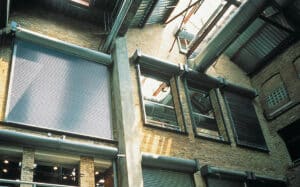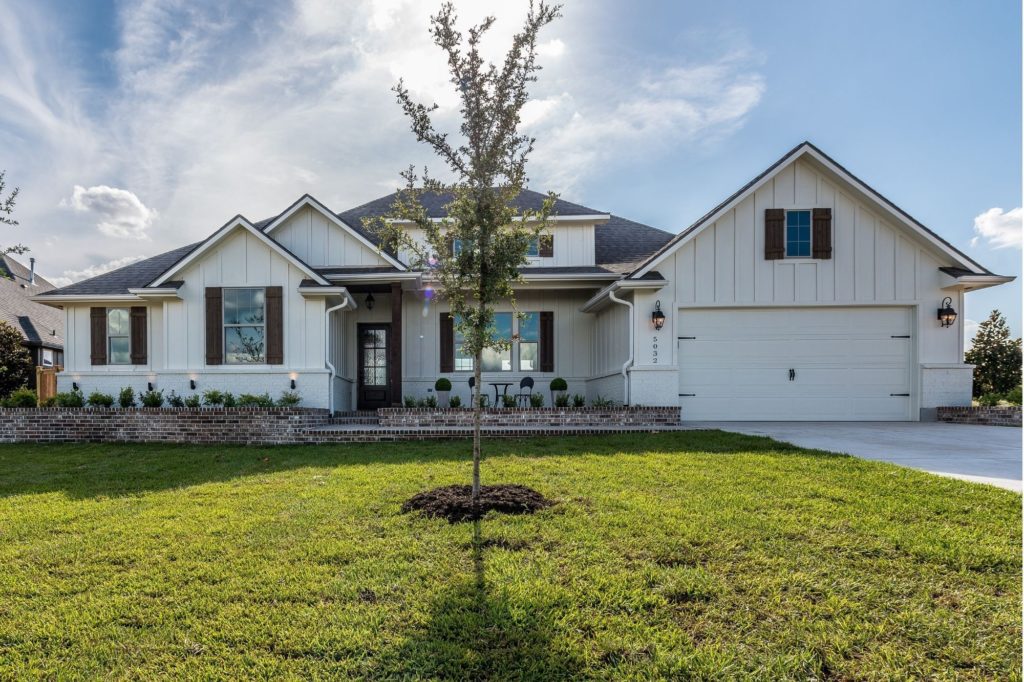If your garage door won’t close all the way, or it stops and reverses for no clear reason, your garage door sensors might be the issue. These small safety devices play a big role in how your door works. If something goes wrong with them, your door won’t close properly—and that can cause a lot of problems.
Let’s walk through everything you need to know about garage door sensor repair, including how they work, why they stop working, and what you can do about it.
What Do Garage Door Sensors Do?
Garage door sensors are safety tools. They sit near the bottom of each side of your garage door—right by the floor. They “talk” to each other using an invisible beam of light. If something crosses the beam (like a pet, kid, or bike), the door won’t close. This keeps you and your stuff safe.
These sensors are required by law on all modern garage doors, and they work with the opener to keep accidents from happening.
Signs Your Garage Door Sensor Is Broken
Before we get into how to repair garage door sensors, it’s good to know what to watch for. Here are some common signs they may not be working right:
- Your garage door won’t close
- The door starts to close, then opens again
- You have to hold the wall button to get it to shut
- Lights on the sensor are off or blinking
- You hear the opener motor, but the door doesn’t move
If you notice one or more of these issues, your sensors might need a closer look.
Why Garage Door Sensors Stop Working
Garage door sensors can fail for a few different reasons. Here are the most common ones:
1. Dirty Lenses
Dust, dirt, spiderwebs, or even raindrops can block the sensor lens. If the beam gets blocked, the system won’t work.
2. Misalignment
The sensors must face each other exactly. If one gets bumped or shaken loose, they can’t “see” each other, and the signal is lost.
3. Wiring Issues
Over time, wires can fray or come loose, especially in older homes or garages that see a lot of moisture.
4. Sunlight Interference
Direct sunlight can sometimes confuse the sensors, especially in the afternoon. This might cause them to act like there’s something in the way—even when there’s not.
5. Physical Damage
Kids, tools, or even lawnmowers can accidentally knock or damage a sensor. Once it’s cracked or broken, it likely needs to be replaced.
How to Repair Garage Door Sensor (Step-by-Step)
Before you start, know that it’s okay to call in a professional. But if you’re handy and want to try it yourself, here’s a quick guide to garage door sensor repair:
Step 1: Clean the Sensors
Use a soft cloth to wipe both lenses. Avoid harsh chemicals—just water or mild soap is fine. Clean lenses help the beam pass clearly between sensors.
Step 2: Check Alignment
Each sensor usually has a small light on it. When they are properly lined up, the lights should be solid (not blinking). If one is off or flickering:
- Gently adjust the sensor bracket until the light turns solid.
- Tighten the screw so it stays in place.
Step 3: Check for Obstructions
Make sure nothing is blocking the sensor path. Even small things like leaves or ropes can break the beam.
Step 4: Check the Wiring
Look for any loose, frayed, or broken wires. If a wire came unplugged, try reconnecting it firmly. Be sure power is off before you touch any wires.
Step 5: Test the Door
Once you’ve made these changes, try the door. Use your remote or wall button to see if it closes fully.
If your garage door still doesn’t work after these steps, it’s time to look deeper—or call for help.
When to Replace vs. Repair a Garage Door Sensor
Not all sensor problems need new parts. But here’s when you may need to replace the sensors:
- Cracked or broken sensor casing
- Burnt-out indicator lights
- Major wiring damage
- Your sensors are 15+ years old and no longer reliable
Sensor kits aren’t too expensive, but installation can be tricky. If you’re unsure, it’s best to leave it to the pros.
Garage Door Sensor Repair Cost
One of the most common questions we get is, how much does garage door sensor repair cost?
Here’s a quick breakdown:
Repair Type | Estimated Cost |
Basic cleaning and alignment | 150 |
DIY wire fixes | $10–$50 |
Professional sensor repair | $75–$150 |
Full sensor replacement (parts + labor) | $100–$300 |
Remember, trying to fix it yourself can save money, but if the issue involves wiring or full replacement, hiring a professional is usually safer and faster.
Why Professional Garage Door Sensor Repair Is Worth It
While some sensor issues are simple, others can be tricky. Here’s why having a professional take care of it is often the best move:
Proper Diagnosis: We don’t just fix the symptoms—we find the cause.
Safety First: Garage door systems involve electricity and moving parts.
Guaranteed Work: Our repairs are covered, so you don’t have to worry.
Fast and Easy: No hunting for parts or Googling how-tos.
Good news—sensor problems are often preventable. Here are some tips to avoid issues down the road:
Keep them clean: Wipe off the lenses once a month.
Check for damage: Look for cracks or dings after big storms or busy weekends.
Secure the wires: Make sure wires don’t hang where they can get yanked.
Don’t block the beam: Avoid placing items in the sensor path.
A quick look every few weeks can save you from a full-blown repair later.
Common Myths About Garage Door Sensors
Let’s clear up a few misunderstandings:
Myth: “If the remote works, the sensors are fine.”
Not always! The opener can still activate, but the door won’t close if sensors are out of line.Myth: “I can just tape over the sensors.”
That’s unsafe and illegal. Sensors are required for a reason—your safety.Myth: “All sensor lights should be green.”
Not true! Some sensors show green, others red, depending on the brand.
When to Call the Pros
You’ve tried cleaning. You’ve realigned the sensors. You’ve checked the wires. If it’s still not working, it’s time to bring in a professional.
Our team at Overhead Door Company of Puget Sound can quickly fix or replace faulty garage door sensors—so your door works like new.
Same-day repair options
Trusted local technicians
Friendly support, start to finish
How much does it cost to repair a garage door sensor?
The cost to repair a garage door sensor typically ranges from $75 to $200 if you hire a professional. DIY fixes, like cleaning or realigning, can cost under $25, while full sensor replacements (including parts and labor) may go up to $200.
How do I fix garage door sensors?
To fix garage door sensors, start by cleaning the lenses with a soft cloth to remove dust or debris. Then, check if the indicator lights are on and not blinking. If needed, realign the sensors so they face each other directly and make sure no objects are blocking the beam.
Can I replace garage door sensors myself?
Yes, you can replace garage door sensors yourself if you’re comfortable with basic tools and wiring. Purchase a compatible sensor kit, follow the instructions carefully, and disconnect power before starting. If you’re unsure, it’s safer to hire a professional.
How do I realign my garage door sensors?
To realign your garage door sensors, gently loosen the mounting brackets and adjust the sensors until their lights stay solid (not blinking). Once aligned, retighten the brackets to hold the sensors in place. Make sure they are level and facing each other directly.
Final Thoughts
Garage door sensors might be small, but they do a big job. When they fail, your garage door won’t work the way it should—and that can mean frustration and safety risks.
The good news? Most issues are fixable. From a simple cleaning to a quick alignment, you can often handle basic garage door sensor repair yourself. But if the problem runs deeper, don’t wait. Call Overhead Door Company of Puget Sound and let us take care of it the right way.





